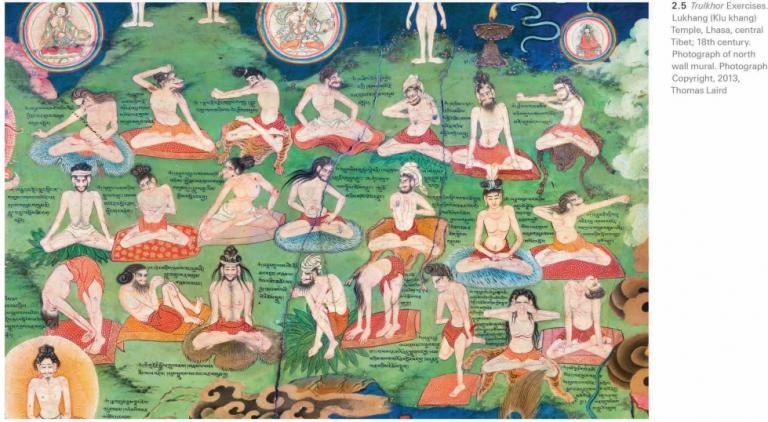Pre-Qin Calligraphy: Obscure,Mysterious and Unique
2 min readThe art of Chinese calligraphy can be dated back to very early time. Even in the PreQin- period(prior to221b.c.) Chinese characters demonstrated the beauty of calligraphy. And it is considered as the initial stage in calligraphy history. The development of calligraphy in the Pre-Qin period can be divided into four phases, namely the Shang dynasty, the Western Zhou dynasty, the Spring and Autumn period and the Warring States period.

The inscribed symbols found in Yangshao culture and Banpo historical sites in Xi’ an dated back to middle Neolithic period can be both considered as the earliest relic of calligraphy. From then on, there were few historical materials about Chinese characters until oracle-bone inscriptions of the Shang dynasty appeared. It said that there was a book of rubbings from the Yu period of the Xia dynasty C. 2070 B. C.), yet it is hard to tell its authenticity. Therefore, it is more reliable to say that the history of Chinese calligraphy started from the Shang dynasty.
Chinese calligraphy was formed when Chinese characters had developed into a mature stage. Characters in the Shang and Western Zhou dynasties had involved the three basic elements in calligraphy art-strokes, structure and order, and the earliest form of calligraphy came into being, mainly represented by oracle-bone inscription and bronze inscription.
The exact time of the well-known stone drum inscription (inscriptions on d shaped stone blocks) period is still unknown. Now more people believe it was in the Warring States period, probably in the Qin state (221-207B. C.). The stone drur inscription mainly recorded four-character poems, which were carved in 10 drum- shaped stone tablets, paying tribute to the beauty of field and prosperous hunting activities. The stone drum inscription is considered to be a kind of large seal inscription, a transitional form from bronze inscription in the Zhou dynasty to later small seal script in the Qin dynasty.
In Pre-Qin period, people began to pay more attention to the artistic quality of characters rather than the practical quality Along with the innovation of Chinese characters, calligraphy in this period became mature and more beautiful, hence gained a special status in the history of Chinese calligraphy.









